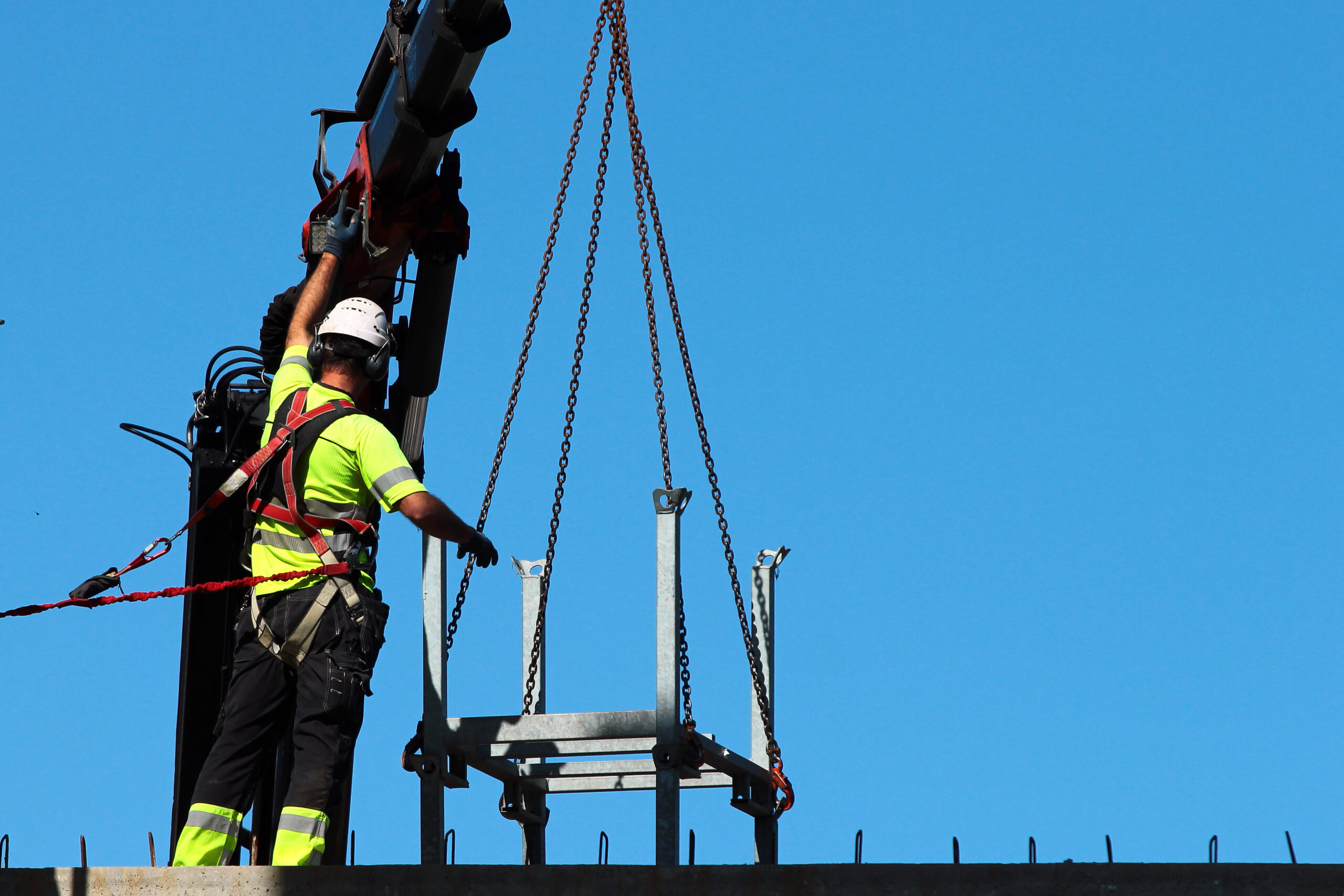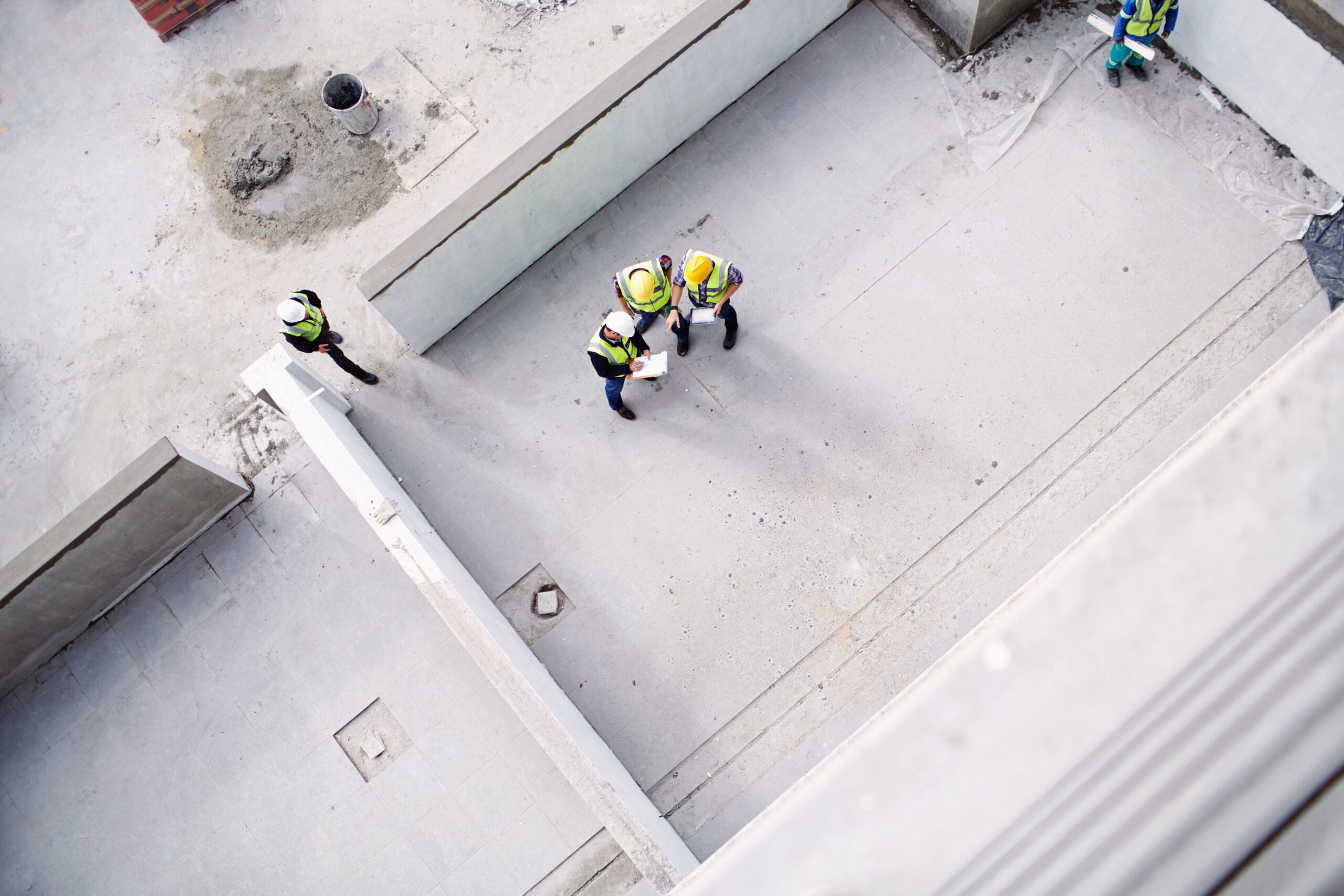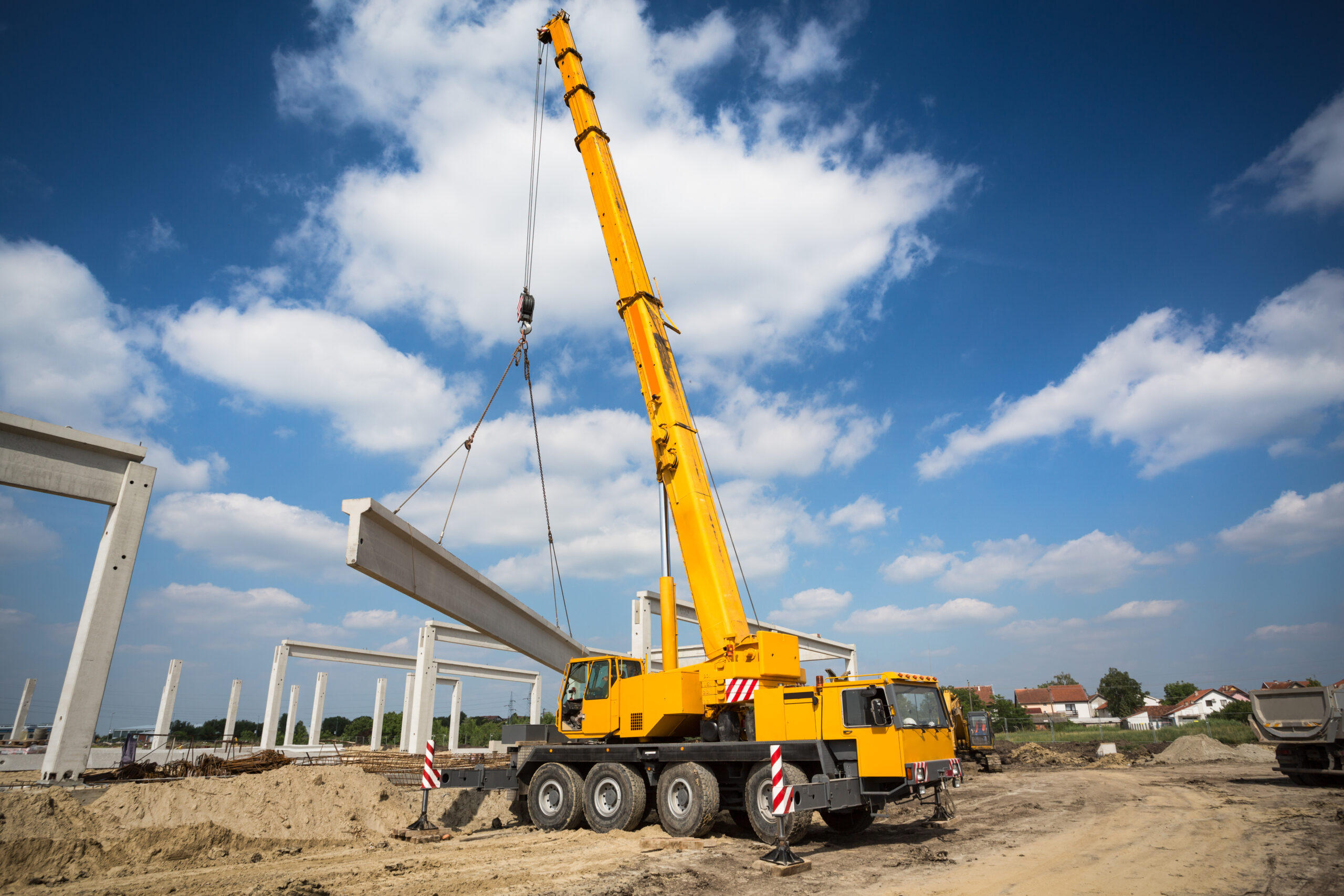Understanding Rigging and Lifting: Best Practices for a Safe Worksite
Rigging and lifting are crucial aspects of construction and heavy equipment operations. Ensuring the safety of your worksite and team members is a top priority. In this blog post, we will discuss the fundamentals of rigging and lifting, including techniques, equipment, and safety precautions to prevent accidents and injuries.
The Fundamentals of Rigging and Lifting
Rigging involves preparing and setting up the equipment and hardware necessary for lifting heavy loads. Lifting is the process of moving these loads vertically or horizontally using cranes or other specialized equipment. Both processes require specialized knowledge, training, and adherence to safety guidelines.

Types of Rigging Equipment
Some common types of rigging equipment include:
Slings: Made of wire rope, synthetic materials, or chain, slings are used to secure loads for lifting.
Shackles: These are U-shaped metal pieces with a pin or bolt used to connect slings, hooks, or other rigging components.
Hooks: These are used to attach loads to the lifting equipment.
Turnbuckles: These devices adjust tension in wire ropes or slings.
Eyebolts: These are threaded bolts with a loop at one end, used to create attachment points on loads.
Safety Precautions in Rigging and Lifting
Proper Training: Ensure that all personnel involved in rigging and lifting operations are adequately trained and certified.
Load Calculation: Accurately determine the weight of the load and ensure that the lifting equipment and rigging have the capacity to handle it.
Inspection: Regularly inspect all rigging equipment for wear, damage, or defects. Replace any damaged equipment immediately.
Secure Loads: Properly secure and balance loads to prevent shifting or tipping during lifting operations.
Communication: Establish clear communication protocols between the crane operator and ground personnel.
Safety Zones: Set up designated safety zones around the lifting area to keep unauthorized personnel away.
Emergency Procedures: Develop and implement emergency procedures in case of equipment failure or other accidents.





